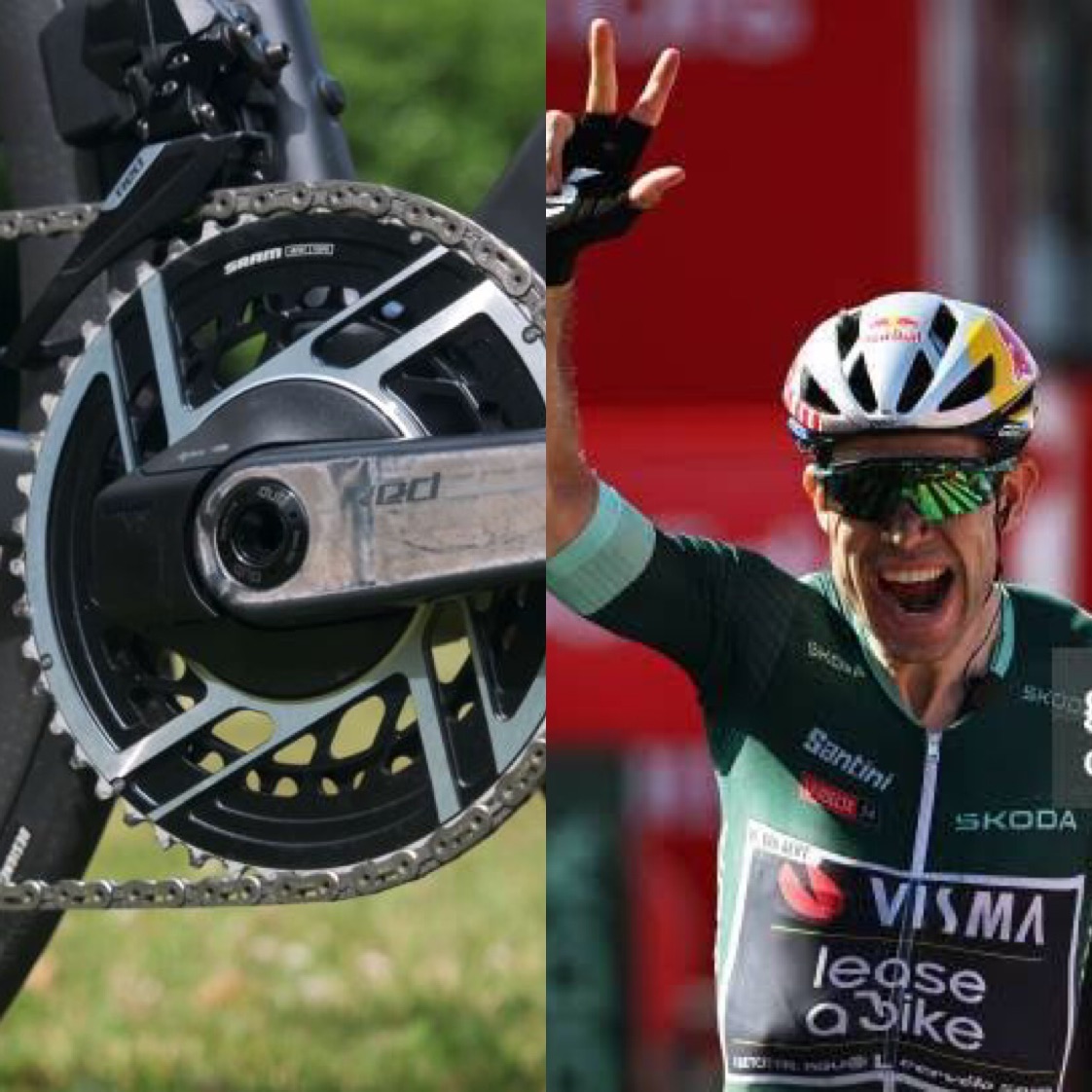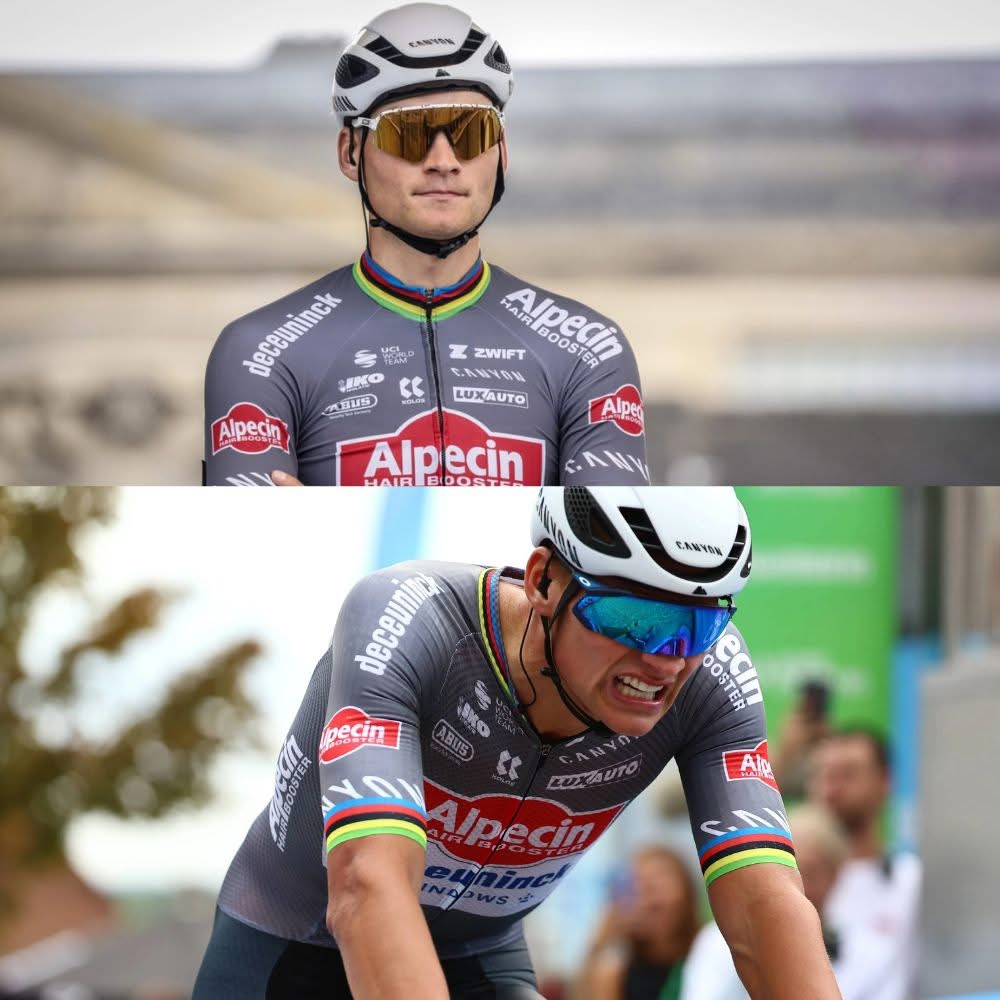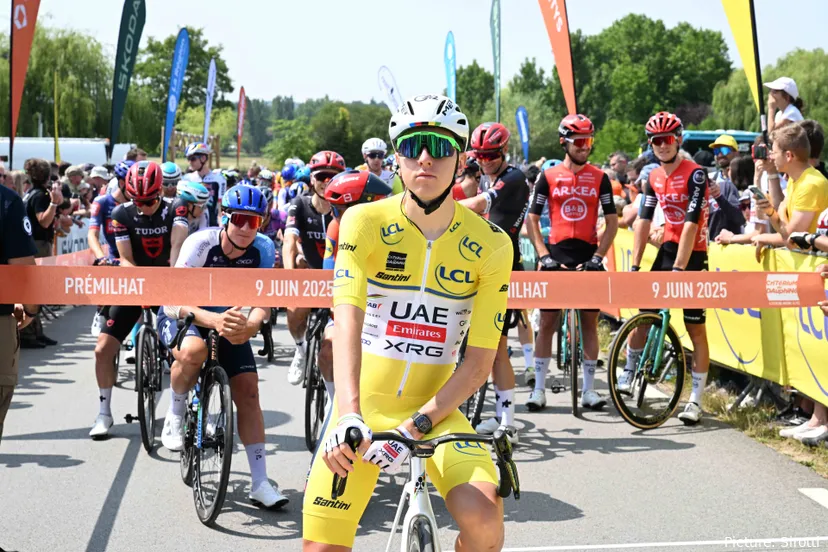**UCI Set to Trial Maximum Gearing Rule in WorldTour Cycling: A Response to Wout van Aert’s Safety Concerns**
In the fast-paced, adrenaline-fueled world of professional cycling, safety remains a paramount concern, particularly during high-speed descents. Earlier this year, Wout van Aert, one of the sport’s premier riders and a prominent figure in the peloton, publicly raised an important issue: the escalating danger posed by excessive gearing on steep and dangerous descents. His suggestion to lower gearing options aimed to enhance rider safety and reduce the risks associated with high-velocity descents. Now, in a significant development, the Union Cycliste Internationale (UCI)—the sport’s global governing body—appears to be taking concrete steps toward addressing these concerns by planning to implement a maximum gearing rule at the highest level of professional cycling, the UCI WorldTour. This new regulation is scheduled to commence on August 1 in the Netherlands, marking a notable shift in the sport’s regulatory landscape.

*Background: The Role of Gearing in Cycling Safety*
Gearing in cycling is fundamental to a rider’s ability to adapt to varying terrain, maintain optimal cadence, and optimize power output. However, the choices of gear ratios can have safety implications, especially during descents where high speeds can become dangerous if riders are unable to control their bikes effectively. In recent years, technological advancements and the proliferation of higher gear ratios have led to some cyclists reaching astonishing speeds on descents, raising safety concerns among riders, teams, and officials.
High gear ratios allow riders to achieve greater speeds, but at the cost of reduced control and increased braking difficulty. In particular, steep or technical descents can become hazardous when riders are limited in their ability to modulate speed safely. This issue has been amplified by the widespread adoption of electronic and mechanical gear systems capable of offering very high gear ratios, sometimes exceeding what was traditionally used.
*Wout van Aert’s Advocacy for Lower Gearing*
Wout van Aert, known for his versatility and tactical intelligence, has been vocal about the dangers posed by excessive gearing. Earlier this year, he suggested that reducing gear ratios could make descents safer for all riders, especially in the context of the increasingly aggressive tactics seen in professional racing. Van Aert’s position was motivated by a desire to prevent accidents, reduce injuries, and promote a safer racing environment.
His proposal gained traction within the cycling community, sparking debates about the balance between technological freedom and safety regulations. Critics of high gearing argued that the trend toward higher ratios encouraged reckless riding and increased the likelihood of crashes at high speeds. Supporters contended that riders should have the freedom to choose their gear setups, emphasizing skill and control over restrictions.
*The UCI’s Response and the Decision to Trial a Maximum Gearing Rule*
In response to these safety concerns and the ongoing discussions, the UCI has announced its intention to trial a maximum gearing rule at the WorldTour level. This move signals a proactive approach to addressing rider safety without imposing blanket restrictions on all technical aspects of the sport.
The proposed regulation will set a maximum gear ratio limit, effectively preventing teams and riders from using gear setups that exceed a specified threshold. The goal is to encourage safer descending behavior, reduce the risk of high-speed crashes, and promote a more controlled racing environment.
The decision to implement a trial comes after consultations with riders, teams, technical experts, and safety advocates. The UCI’s technical commission has analyzed data from recent races, rider feedback, and technological trends to determine an appropriate maximum gear ratio that balances safety with competitive integrity.
*Details of the Trial: Implementation and Location*
Starting from August 1, the maximum gearing regulation will be tested during selected races within the Dutch cycling circuit, known for its challenging terrain and enthusiastic cycling culture. The Netherlands, with its numerous technical descents and rolling terrain, provides an ideal testing ground to evaluate the regulation’s impact under real-world racing conditions.
During this trial phase, race officials will monitor various parameters, including rider behavior, crash incidence, technical compliance, and overall race dynamics. Teams will be required to ensure their bikes conform to the new gear ratio limits, and technical inspections will be conducted before races.
*Expected Impact and Future Prospects*
If successful, the maximum gearing trial could pave the way for broader regulatory changes in professional cycling. Key anticipated outcomes include:
1. **Enhanced Rider Safety:** By capping gear ratios, riders may be able to control their descent speeds more effectively, reducing crashes and injuries.
2. **Technological Standardization:** Manufacturers may develop bikes with integrated gear ratio limits, streamlining compliance and promoting safety innovations.
3. **Sporting Fairness:** Uniform regulations can help level the playing field, ensuring that teams and riders compete within standardized technical parameters.
4. **Cultural Shift:** The regulation could influence rider training and race strategies, emphasizing control and technique over technological dominance.
However, there are also potential challenges and criticisms:
– **Resistance from Technological Enthusiasts:** Some teams and riders favor technological freedom and may oppose restrictions on gear setups.
– **Impact on Race Dynamics:** Limiting gear options could alter race tactics, possibly affecting the excitement and unpredictability of racing.
– **Technical Enforcement:** Ensuring compliance and monitoring adherence to gear ratio limits will require robust inspection procedures.
*Broader Context: Safety in Professional Cycling*
This initiative aligns with ongoing efforts within professional cycling to enhance safety. Other measures have included improved helmet standards, race route modifications, stricter safety protocols, and technological innovations aimed at crash prevention. The move towards regulating gear ratios underscores a holistic approach to safeguarding riders, who face significant risks during high-speed descents and technical sections.
The UCI’s decision to trial a maximum gearing rule at the WorldTour level represents a significant step toward prioritizing rider safety in professional cycling. Inspired by Wout van Aert’s advocacy and driven by a desire to mitigate risks associated with high-speed descents, this regulation aims to strike a balance between technological innovation and safety considerations. As the trial begins in the Netherlands on August 1, all eyes will be on its implementation, outcomes, and potential influence on the future of the sport.
If the trial proves successful, it could lead to lasting regulatory changes that reinforce cycling’s commitment to rider well-being while maintaining the excitement and competitiveness that fans cherish. Ultimately, this development highlights the sport’s ongoing evolution and the collective responsibility to foster a safer, more sustainable cycling environment for generations to come.



